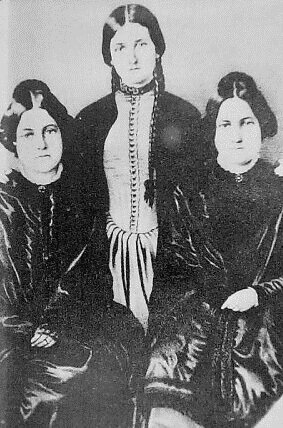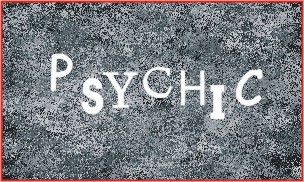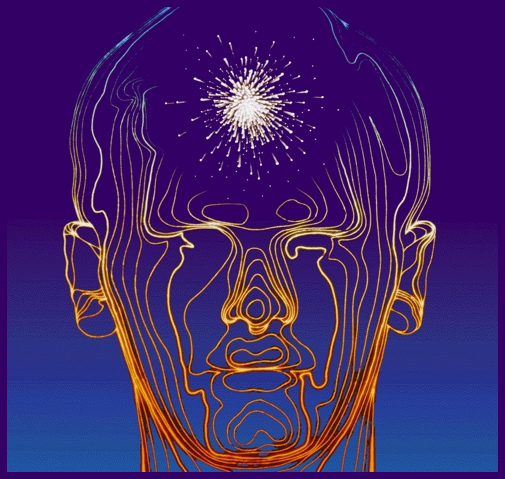The Fox sisters, consisting of Maggie, Kate, and Leah, were three American sisters who became famous in the mid-19th century for their claims of communicating with the dead. They are widely considered to be the founders of Spiritualism, a religious movement that emerged in the United States in the 1840s and 1850s, and which involved the belief in communication with spirits of the deceased.
Maggie and Kate Fox, the two younger sisters, were living with their parents in Hinesville, New York, in 1848 when they claimed to have made contact with a ghost in their home. According to their accounts, they heard knocking and other mysterious sounds that seemed to be coming from a supernatural source. They began to ask the ghost questions, and it responded by knocking the same number of times as the answer to the question.
The Fox sisters soon became famous throughout the region, and their demonstrations of spirit communication drew large crowds. They traveled to other cities and continued to hold séances, in which they would communicate with the spirits of the dead through rapping and other sounds. Their fame quickly spread beyond New York, and they soon became known across the United States and Europe.
In 1852, the Fox sisters moved to Rochester, New York, where they continued to hold séances and other spiritualist events. They were joined by their older sister Leah, who had also developed an interest in spiritualism. The three sisters quickly became the leading figures in the movement, and they continued to draw large crowds and media attention.
However, their success was not without controversy. Skeptics and critics accused the sisters of fraud and suggested that they were using hidden wires or other tricks to create the rapping sounds. The Fox sisters were subjected to numerous investigations and tests, and many of their critics claimed that they had uncovered evidence of their deception.
In 1888, after years of living in poverty and struggling with alcoholism, Maggie Fox recanted her previous claims of spirit communication and publicly confessed that the rapping sounds had been a hoax. She demonstrated how she had produced the sounds by cracking the joints in her toes. Kate, however, continued to defend her experiences and insisted that they had been genuine.
The confession of Maggie Fox was a major blow to the spiritualist movement, and it led to a decline in interest in spiritualism in the United States and Europe. However, many spiritualists continued to believe in the Fox sisters and their claims, and the movement continued to attract followers throughout the 20th century.
The legacy of the Fox sisters is a complex one. They were both celebrated and criticized for their role in the spiritualist movement, and their story raises important questions about the nature of belief, deception, and the power of charisma and media attention. While their claims of communicating with the dead have been largely discredited, their impact on American religious history remains significant, and they continue to be studied and discussed by scholars and historians.






